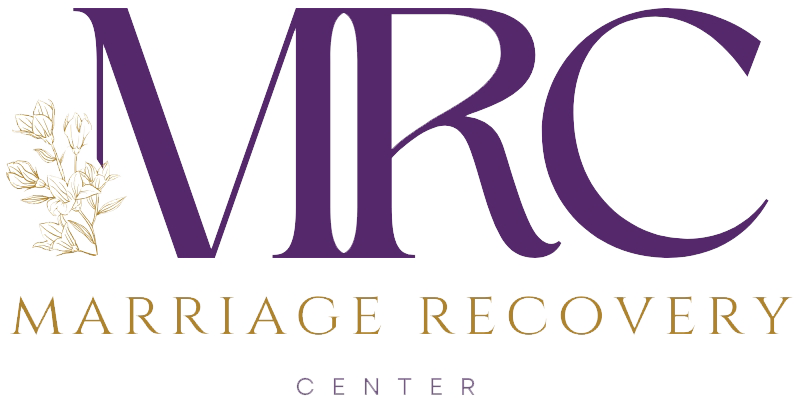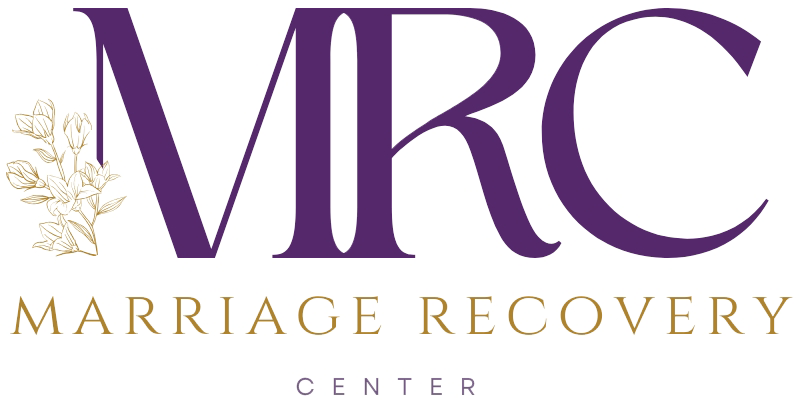Sharmen Kimbrough explains what secondary abuse is and the harm it causes. She also provides insights on how to guard yourself from secondary abuse, and how to heal from it.
What is Secondary Abuse and How to Deal with It?
Have you ever walked away from a counseling session, a meeting with your pastor, or a heart-to-heart conversation with your family or friends feeling even more confused and blamed for the things going on in your marriage?
If you have, you might have experienced what is commonly referred to as secondary abuse. In this article, we will explore what secondary abuse is, how to identify it, and offer guidance on dealing with it effectively.
Understanding Secondary Abuse
Secondary abuse, as explained by Sherman from the Marriage Recovery Center, is a form of harm that occurs when you seek help and support from others but end up feeling invalidated, blamed, and more confused than before. Instead of finding the validation, understanding, and clarity you seek, you may encounter individuals who, intentionally or unintentionally, contribute to your emotional distress and confusion.
Signs of Secondary Harm
Identifying secondary abuse can be challenging, as it often occurs within the context of seeking assistance and support. Here are some signs to watch for:
1. Feeling Invalidated and Confused
If you walk away from a counseling session or conversation with someone feeling invalidated and further confused, it’s a red flag. Seeking help should provide you with clarity and understanding, not leave you in a state of heightened confusion.
2. Unsafe Advice
Beware of individuals who initially seem to understand your situation but suggest actions that keep you in an unsafe environment. If their advice leads to further isolation or endangers your emotional well-being, it is a clear indication of secondary harm.
3. Blaming and Shifting Responsibility
You should not be made to feel solely responsible for the problems in your marriage. If those you seek help from place the full weight of the relationship’s issues on your shoulders, it can hinder your healing and clarity.
Healing from Secondary Harm
Healing from secondary abuse involves several important steps:
1. Seek Truth
To heal, you must discern truth from misinformation. Understand what God’s plan is for your life, relationships, and marriage. Seek out reliable sources of guidance and wisdom that align with your values and beliefs.
2. Surround Yourself with Truth-Tellers
Identify individuals who speak truth into your life and resonate with your heart. These people can provide a counterbalance to the confusing messages you may have encountered. Seek out their support and guidance.
3. Be Intentional About Your Next Steps
As you heal, be intentional about your actions. Create a safe environment for yourself to be who you are meant to be. Remember that your spouse also has free will and can choose their path. Make an invitation for positive change in your relationship, while holding them responsible for their role in it.
4. Know Who You Are
Write down the character qualities you aspire to embody. These qualities become your compass, guiding you toward becoming the person you want to be. Knowing who you are and where you’re going makes it easier to discern and reject harmful advice.
Avoiding Secondary Harm
Knowing who you are and where you’re going also serves as a shield against secondary harm. When you have a clear sense of truth and direction, it becomes more challenging for others to lead you astray.
In conclusion, secondary abuse can be a painful experience when seeking help for issues in your marriage. By recognizing the signs, seeking truth, surrounding yourself with supportive individuals, being intentional about your next steps, and knowing who you are, you can heal from secondary harm and avoid falling into that trap again. Remember that healing and growth are possible, and your journey towards a healthier, happier marriage is worth the effort.
To learn how we can help, reach out to us at (206) 219-0145 or info@marriagerecoverycenter.com to speak with a Client Care Specialist
Also read: Why It’s Impossible To Avoid Emotional Triggers
About Dr. Hawkins:
The internet is inundated with hyperbole and misinformation about narcissism, leaving many people confused and hopeless. Get the facts on narcissism and emotional abuse from someone who has been researching, writing about and treating narcissism and emotional abuse for over a decade.
Dr. Hawkins is a best-selling author and clinical psychologist with over three decades of experience helping people break unhealthy patterns and build healthier relationships.
He is the founder and director of the Marriage Recovery Center and the Emotional Abuse Institute which offers education, training and counseling for people who want to break free of, and heal from, emotional abuse. Whether the perpetrator of the abuse is your spouse, partner, parent, boss, friend or family member, we offer practical advice for anyone trapped in a toxic, destructive relationship.
In addition to narcissism & emotional abuse, you’ll learn about the lesser known forms of abuse, including covert abuse, reactive abuse, spiritual abuse, secondary abuse, relationship trauma and much more.








